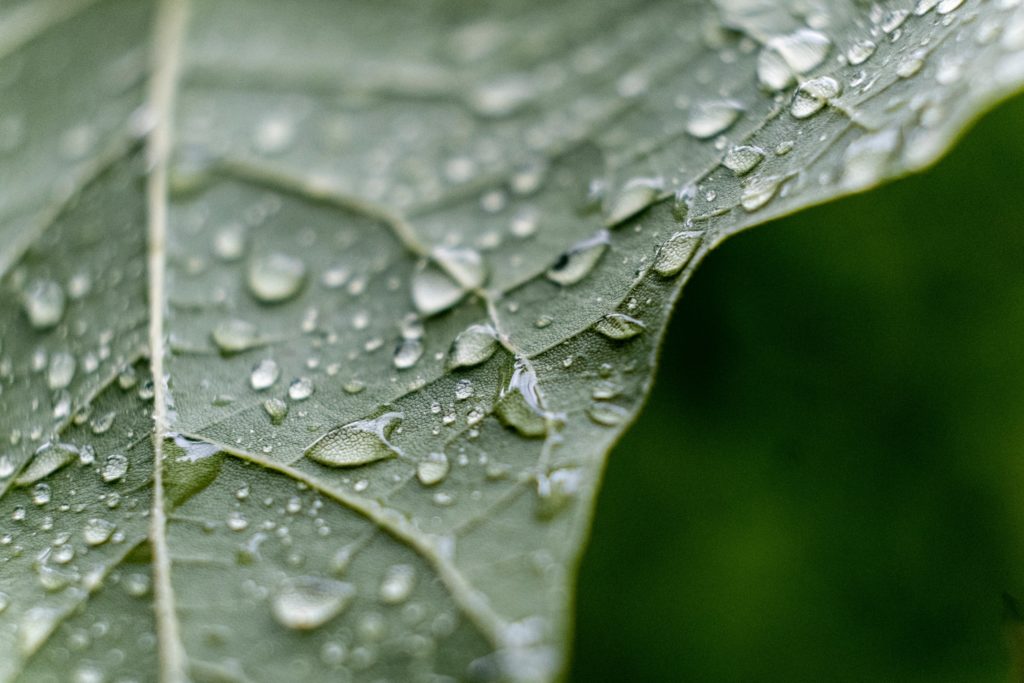Janitorial equipment maintenance is more than just a task on your list; it’s a simple way to stay within your budget.
We get it. There’s only so much time in a day, and there is a big, ever-expanding list of things that need to get done. It’s clear that you and your team already put in the hours. The grounds are spotless, the floors sparkle, and every HVAC filter is pristine.
Running a tight ship (or more accurately, a tight budget) isn’t easy, but you’ve managed to turn your team into a streamlined crew that can handle anything. There’s just one problem: With so many tasks on your list, there never seems to be time for all those “side projects,” like janitorial equipment maintenance. You know it’s essential, but with other, more obvious projects taking priority, equipment maintenance continually sinks to the bottom of the list.
There are some excellent reasons, however, to give your equipment maintenance a spot at the top of the list.
Increase efficiency, reduce costs, improve results and more with Janitorial Manager. Contact us for a free demo right now and see how it works!
How janitorial equipment maintenance can save you money and make your job easier
1. Direct savings
This one is a given, although it’s surprisingly overlooked. Proper care and maintenance of your equipment keeps it in good working order. The less you have to send it out for repairs or purchase new equipment, the more you save.
2. Indirect savings
In addition to direct repair costs, every time your janitorial equipment breaks, payroll hours go into diagnosing and fixing the problem or taking your equipment to a repair facility. And while that piece of equipment is out, you are most likely using a sub-par substitute to complete a job. That could increase the time you spend on a cleaning project or reduce the quality of the work. Either way, it’s an expense that will eat into your team’s overall efficiency.
3. Higher-quality job performance
Poorly maintained equipment won’t do the job with the thoroughness that you need. Vacuums won’t suck up as much dust and dirt; mops won’t leave surfaces shiny and new looking. As a result, the work you do will either take longer, or it won’t be up to the standards expected of you. You don’t just need the right tool for the job, you need properly working equipment to do the job efficiently, and without added frustration.
7 Ways to keep up with your janitorial equipment maintenance
So what are those janitorial equipment maintenance procedures that will make a difference in your day-to-day? Believe it or not, most of them have more to do with your approach to maintenance than with actual tasks. As with any new idea or change in outlook, you have to start with creating a pattern.
1. Make it a habit
This might be the most challenging but most crucial procedural change. You and your team have to commit to making maintenance part of your daily schedule, even when so many other things crop up. How? Make a list. Use a dry-erase marker and a big whiteboard or laminated sheet. Post it in a highly visible area. You could even make a game of it by offering a prize to whoever completes the most items on the list by the end of the week.
And don’t worry. The prize can be something simple that indicates “status,” such as a lapel pin or unique jacket that gets passed from winner to winner. Think of the green jacket in golf or the championship belt in boxing; this is the same thing. It’s meant to be fun, but also to promote competition.
2. Keep the manual
Seems easy enough, right? You’d be surprised how many grounds teams toss equipment manuals without even opening them. They are, however, a great resource for maintaining and troubleshooting your equipment. They don’t take up a lot of space, and since there’s a limit to how often you’ll buy new items, this isn’t a hard procedure to follow.
3. Regular inspections
Inspections should be part of your daily and weekly janitorial equipment maintenance. This may include anything from ensuring that your brooms and mops are clean to looking over electric cords for kinks, splits, and fraying. Regular inspections can also help you catch maintenance issues before they become major headaches.
4. Use your equipment properly
Make sure everyone is using all the equipment properly. Misuse can lead to excessive wear and tear, which leads to more expenses for repairs and replacements. You don’t need to micromanage your crew. Just go over proper use and procedures as part of your pre-shift meeting. Make sure to provide hands-on instruction to any new employees that join your team. And if your budget allows, take advantage of training – especially when you buy new equipment.
5. Clean your janitorial equipment
Not only does clean equipment look nicer, but it also works more efficiently. Machines that are covered in dust and dirt may overheat. They may spread dirt even as you are attempting to clean an area. Dirty equipment can lead to motors working harder, and to early breakdowns.
6. Keep filters clean
As part of keeping your equipment clean, check and clean or replace filters as needed. A dirty filter reduces the efficiency of your equipment, and in some cases, it can even lead to malfunctions. Remember that HVAC system with the spotless filters? Your equipment deserves that kind of attention, too.
7. Teach your team basic maintenance
There is a lot you can do on your own to repair janitorial equipment and keep it up and running. Depending on the machine, you can perform some maintenance tasks in-house, like changing belts or replacing brushes. That saves you time and money vs. calling a product distributor, and it also helps improve safety. Knowing how your equipment works makes it easier to tell when it isn’t working correctly.
Don’t let janitorial equipment maintenance fall to the bottom of your list. Make it a priority and give your budget a break all in one shot.
Elevate the professionalism of your cleaning operation with Janitorial Manager. Contact us today for a free demo and learn about all the fantastic features!


